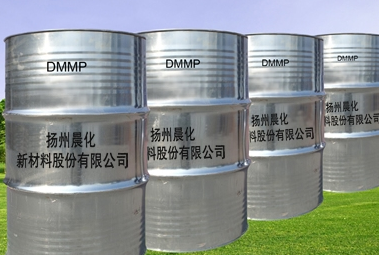In the process of flame-retardant, most manufacturers adopt the sequence of loading wood → adding flame retardant → adding water → starting flame-retardant. Generally speaking, when the water absorption of wood is the largest at the beginning, the process often causes the wood to start to absorb a very low concentration of flame-retardant liquid, so in the process of wood flame-retardant, a process is needed to make the concentration of flame-retardant liquid absorbed by wood excessive from low concentration to normal concentration, which directly affects the dry salt absorption and absorption speed of wood, and then affects the flame-retardant effect. In the order of adding flame retardant → adding water → loading wood → starting flame retardant, what wood absorbs at the beginning is the standard concentration of flame retardant liquid, thus avoiding the process of excessive absorption of flame retardant liquid from low concentration to normal concentration, and improving the flame retardant quality. If the enterprise has the conditions, it can first prepare the flame retardant into the specified concentration of flame retardant liquid and then add it into the flame retardant pool, the flame retardant quality will be better.

In our normal flame-retardant process, the heating and cooking process is generally open, resulting in the rapid evaporation of flame-retardant liquid, often a flame-retardant process needs to continuously add water to the flame-retardant pool. The wood absorbed flame retardant solution is dissolved from high concentration to low concentration, then absorbed to high concentration, and then dissolved to low concentration, so as to reduce the dry salt content of the wood absorbed flame retardant solution.
However, if the cover flame retardant is adopted, the first is to avoid adding raw water in the process of flame retardant, the second is to ensure that the concentration of the flame retardant solution in the flame retardant pool will not fluctuate from high to low, and the third is to save energy. If it is still impossible to avoid adding water in the middle of the process, the prepared flame retardant should also be added to ensure the constant concentration of the flame retardant in the flame retardant pool.
In view of the popular saying that halogen-free is environmental protection in today's society, experts in the flame retardant industry clearly put forward the view that halogen-free is not a synonym for environmental friendliness at a time of China flame retardant society, which has been widely recognized by the industry. It is necessary to treat all kinds of flame retardants scientifically. The development of new technology and new products of halogen-containing and halogen-free flame retardants should be balanced. It is not simple to think that halogen-free is environmental protection. According to these experts, it is not necessary to judge whether the flame retardant is environmentally friendly or not, and whether it contains halogen.
There are many kinds of flame retardants. If they are classified according to chemical elements, they can be divided into halogen-free flame retardants and halogen-free flame retardants. Halogen containing flame retardants include bromine containing or chlorine containing flame retardants, among which organic bromine based flame retardants are the main ones; halogen-free flame retardants include phosphorus based, phosphorus nitrogen based, inorganic metal hydroxide, boron based, silicon based, molybdenum based, etc. Different flame retardants have their own characteristics and play their own advantages in different application fields. Some halogen-containing flame retardants play an irreplaceable role in specific fields. No matter halogen flame retardant or non halogen flame retardant, environmental protection, low toxicity, high efficiency and multi-function should be the common development direction of flame retardant.